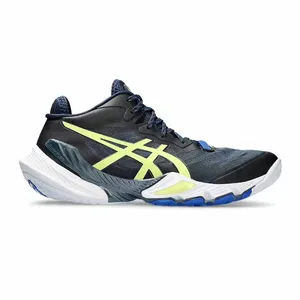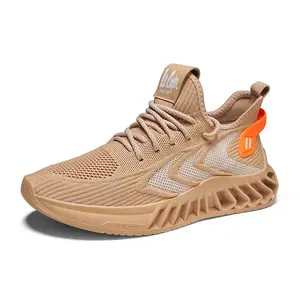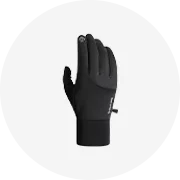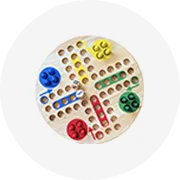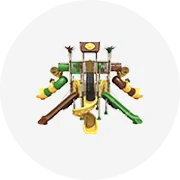





공장 판매 ORP 산화 환원 전극 금/플라스틱 셀 산화 환원 ORP 프로브-2000MV ~ + 2000mV 산화 환원 ORP 센서
₩20,842 - ₩48,630
최소 주문량: 1 개












용접 봉 스틱 용접 전극 공장 공급 2.6mm electrodos de soldadura 7018 7016 mp-3 j421 전극 e6013 3/32 1/8
₩515 - ₩556
최소 주문량: 1000 킬로그램















상위 카테고리
용품 전극 정보
당신의 삶에 더 많은 재미를 더하고 싶습니까? 매혹적인 범위를 탐험하십시오. Alibaba.com에서 용품 전극 자신 만의 스타일과 방식으로 충분한 여가 시간을 즐기세요. 당신이 성인이든 어린이이든 상관없이. 모든 종류의 연령 및 성별에 대한 용품 전극가 사이트에서 제공됩니다. 이들. 용품 전극는 품질면에서 탁월하며 튼튼한 소재로 만들어져 오랫동안 사용할 수 있습니다. 저렴한 가격과 굉장한 거래를 위해 주요 판매자로부터이 매혹적인 아이템을 구입하세요.
좋은 여가 시간을 보내는 데 엄청난 돈을 투자해야한다고 누가 말 했나요? 이 사이트에서 많은 것을 찾을 수 있습니다. 끊임없는 흥분과 재미있는 활동으로 시간을 보내는 데 도움이되는 용품 전극 이들. 용품 전극는 다양한 실내 게임 및 엔터테인먼트에서 야외 게임 및 재미에 이르기까지 다양합니다. 원하는대로 사용자 지정할 수 있습니다. 용품 전극는 고유 한 크기와 모양으로 제공됩니다. 비즈니스 용으로 이러한 제품을 구매하려는 경우 브랜드에 맞게 맞춤 로고를 선택할 수도 있습니다.
Alibaba.com은 평판이 좋고 신뢰할 수있는 브랜드 만 이러한 스릴을 판매합니다. 용품 전극 사이트의 모든 제품이 인증되고 품질이 보장됩니다. 많은 전자 제품 중에서 선택할 수 있습니다. 용품 전극 카드 게임, 축구, 배드민턴 세트 등 원하는대로 사용할 수 있습니다. 이들. 용품 전극는 다양한 고유 한 색상으로 제공되며 어린이도 직접 사용해 볼 수 있습니다. 제품은 친환경적이며 유해한 요소가 없습니다.
Alibaba.com은 광범위한 경제성을 제공합니다. 용품 전극 옵션을 사용하면 여가 시간을 보내는 데 과도한 비용을 지출 할 필요가 없습니다. 만약 당신이 a. 용품 전극 판매자는 요청시 대량 할인 및 OEM 주문 배치를받을 수도 있습니다. 대량 주문시 맞춤형 포장도 가능합니다.
좋은 여가 시간을 보내는 데 엄청난 돈을 투자해야한다고 누가 말 했나요? 이 사이트에서 많은 것을 찾을 수 있습니다. 끊임없는 흥분과 재미있는 활동으로 시간을 보내는 데 도움이되는 용품 전극 이들. 용품 전극는 다양한 실내 게임 및 엔터테인먼트에서 야외 게임 및 재미에 이르기까지 다양합니다. 원하는대로 사용자 지정할 수 있습니다. 용품 전극는 고유 한 크기와 모양으로 제공됩니다. 비즈니스 용으로 이러한 제품을 구매하려는 경우 브랜드에 맞게 맞춤 로고를 선택할 수도 있습니다.
Alibaba.com은 평판이 좋고 신뢰할 수있는 브랜드 만 이러한 스릴을 판매합니다. 용품 전극 사이트의 모든 제품이 인증되고 품질이 보장됩니다. 많은 전자 제품 중에서 선택할 수 있습니다. 용품 전극 카드 게임, 축구, 배드민턴 세트 등 원하는대로 사용할 수 있습니다. 이들. 용품 전극는 다양한 고유 한 색상으로 제공되며 어린이도 직접 사용해 볼 수 있습니다. 제품은 친환경적이며 유해한 요소가 없습니다.
Alibaba.com은 광범위한 경제성을 제공합니다. 용품 전극 옵션을 사용하면 여가 시간을 보내는 데 과도한 비용을 지출 할 필요가 없습니다. 만약 당신이 a. 용품 전극 판매자는 요청시 대량 할인 및 OEM 주문 배치를받을 수도 있습니다. 대량 주문시 맞춤형 포장도 가능합니다.
